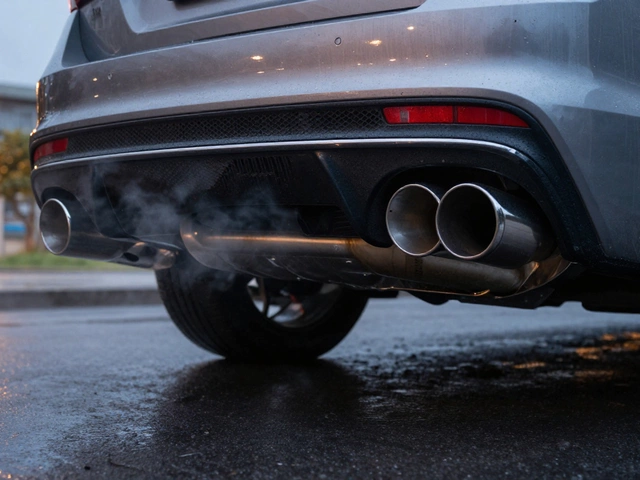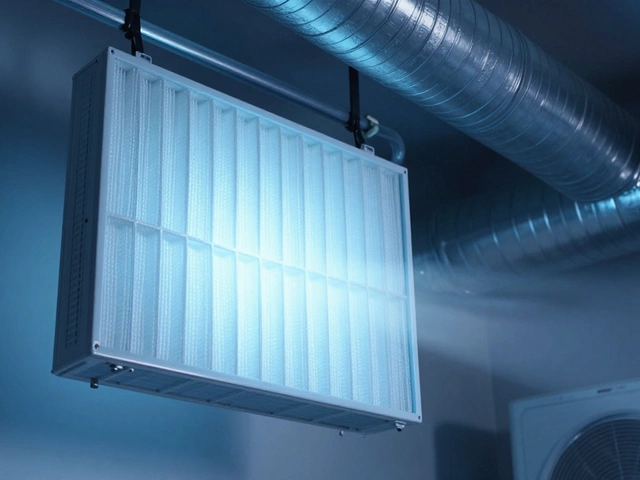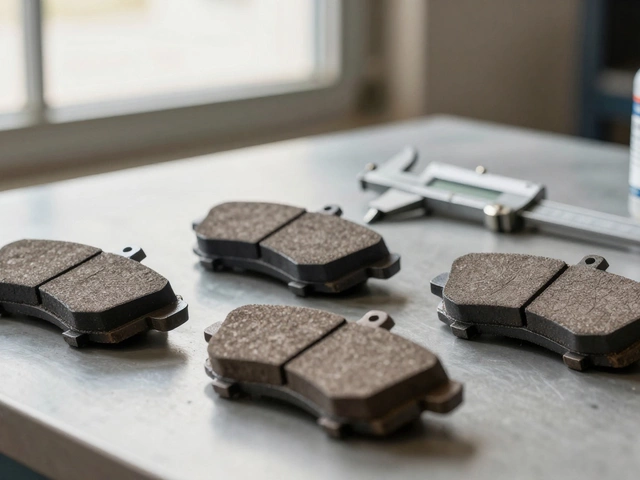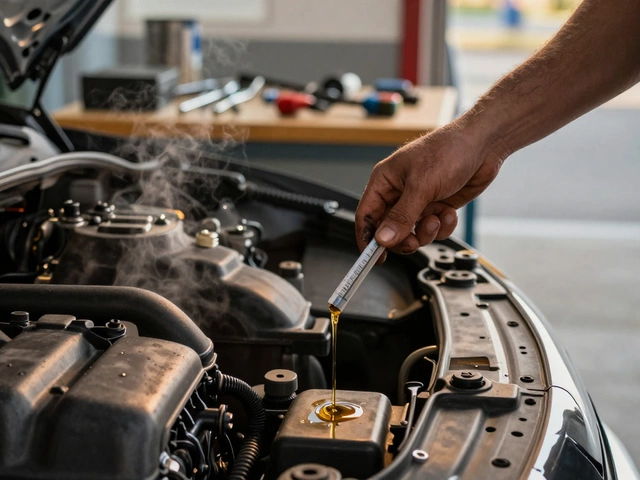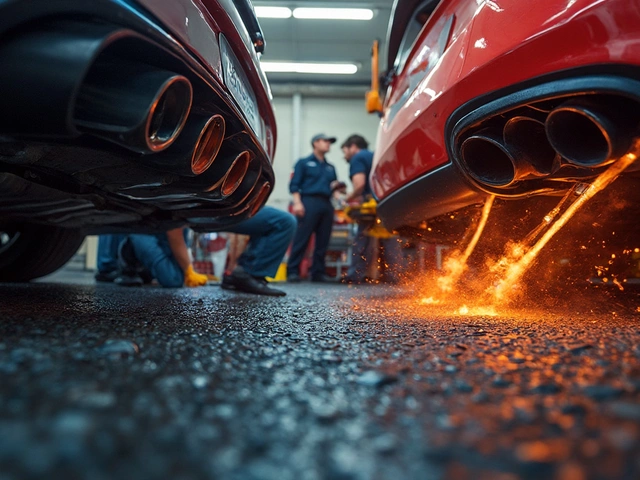Oil Level Sensor: What It Is and Why It Matters
When working with oil level sensor, a device that monitors the amount of oil inside an engine’s crankcase. Also known as oil quantity sensor, it alerts drivers when oil drops below safe levels, helping prevent engine wear. The sensor’s job is simple: measure oil quantity and send a signal to the dashboard. That signal becomes a warning light or message when the oil is low. Oil level sensor performance hinges on three things – correct oil volume, clean sensor contacts, and a compatible engine oil type. If any of those slip, you’ll see false alarms or, worse, miss a real problem.
Key Players That Influence Sensor Accuracy
First up, engine oil, the lubricating fluid that keeps moving parts from grinding together. Also called motor oil, its viscosity and quality affect how the sensor reads the oil level. Thick oil can cling to the sensor’s dipstick, giving a higher reading, while thin oil might coat it lightly and show a lower level. That’s why manufacturers pair a specific oil grade with each sensor design.
Next, the oil pressure sensor, a device that monitors the force of oil circulating through the engine. Though it measures pressure rather than volume, a faulty pressure sensor can send misleading data that confuses the oil level sensor’s logic. Many modern cars share the same electronic control module for both sensors, so a glitch in one often shows up in the other’s warning.
Vehicle diagnostics tools also play a role. When you plug a scanner into the OBD‑II port, the software reads the oil level sensor’s voltage or resistance values. Those numbers tell you if the sensor is within normal range or needs replacement. In short, oil level sensor health depends on regular oil changes, clean sensor contacts, and accurate diagnostic readings.
Here are the main relationships to keep in mind:
- Oil level sensor measures oil quantity in the engine.
- Accurate sensor readings depend on proper engine oil viscosity.
- Regular oil changes keep the sensor clean and functional.
- Vehicle diagnostics read sensor data to warn drivers.
- A faulty oil pressure sensor can cause false low‑oil alerts.
So what should you do next? Start by checking your oil type against the owner’s manual, make sure the oil level is within the dipstick marks, and listen for any sensor warning lights after a recent change. If the light stays on, a quick scan with a diagnostic tool can tell you whether the oil level sensor, the oil pressure sensor, or the wiring is at fault. From there, you can decide if a simple cleaning, a sensor swap, or a deeper engine check is needed.
Below you’ll find articles that dive deeper into each of these topics – from choosing the right oil grade to diagnosing sensor errors and performing DIY sensor replacements. Armed with the right knowledge, you’ll keep your engine humming and avoid costly repairs.
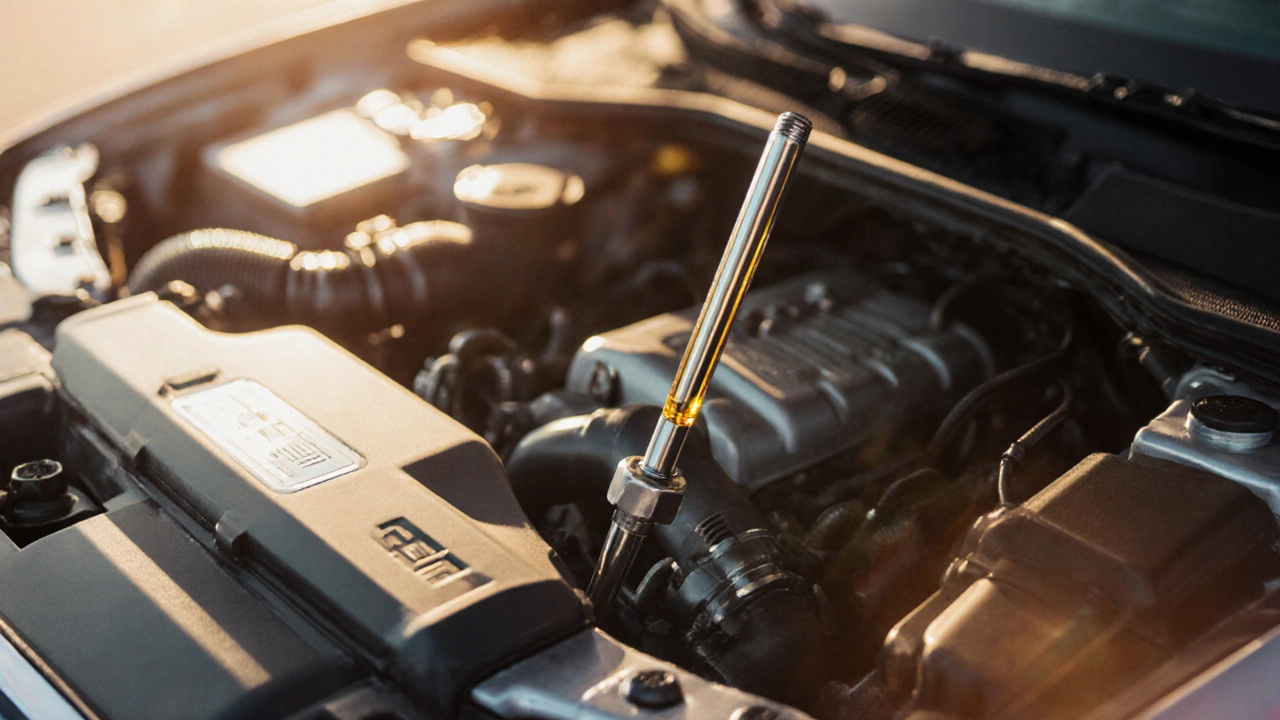
Adding an Extra Quart of Engine Oil - Risks, Effects, and How to Fix It
Find out if adding an extra quart of engine oil can damage your car, how it affects performance, and step‑by‑step ways to fix over‑fill safely.
CONTINUE READING